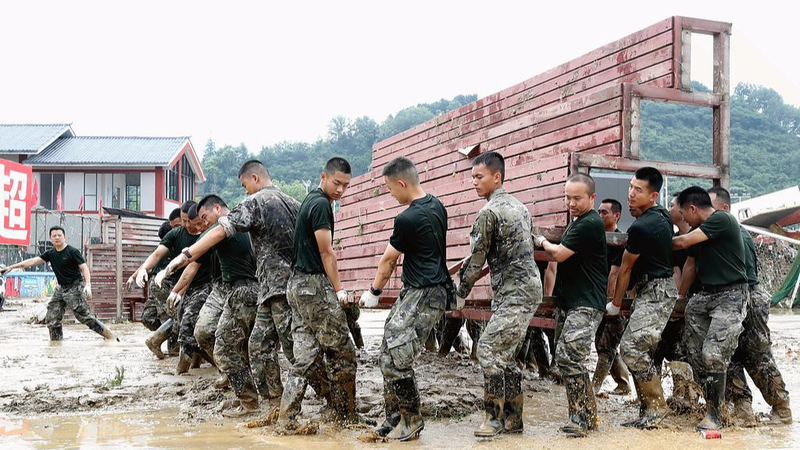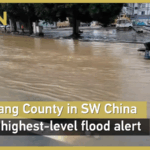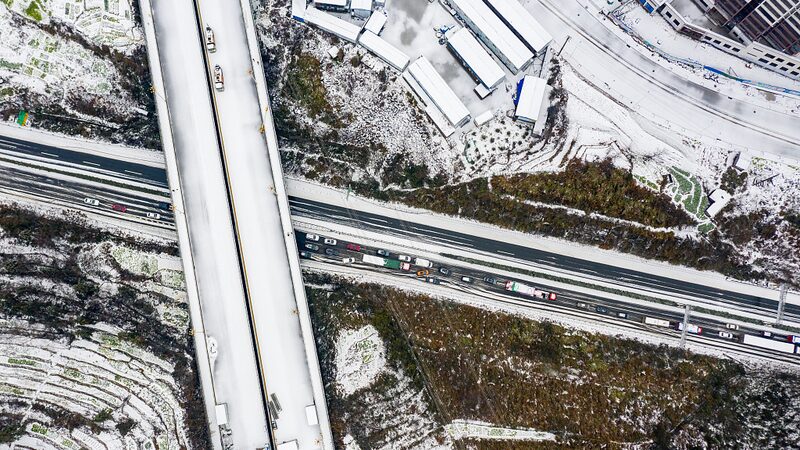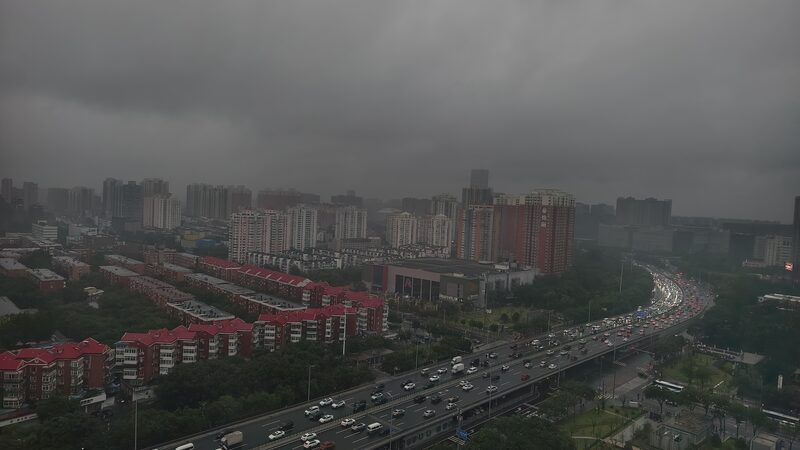China has escalated its emergency protocols to tackle extreme weather gripping multiple regions, from torrential rains in the southwest to blistering heatwaves in the east. 🌍 Rongjiang County in Guizhou raised its flood-control response to Level I—the highest alert—after relentless downpours threatened communities. Meanwhile, cities like Shanghai and Zhejiang baked under temperatures exceeding 37°C, testing infrastructure and public health systems.
Why the Emergency Upgrade? 💡
China’s four-tier emergency system kicks into high gear with Level I, mobilizing top resources like rescue teams and cross-department coordination. Think of it as the climate crisis version of 'all hands on deck.' 🚨 Lower levels (II to IV) address less severe scenarios but still pack targeted measures.
Climate Change: The Unseen Culprit 🌡️
Global warming—fueled by fossil fuels—has cranked up Earth’s thermostat by 1.2°C since the 1900s. Warmer air holds more moisture, leading to heavier rains, while El Niño/La Niña cycles twist weather patterns further. China’s monsoons and mountainous terrain amplify these effects, creating a perfect storm for extremes.
From Farms to Power Grids: The Domino Effect 🚜⚡
Farmers face wilted crops and flooded fields, risking food supplies. Roads buckle under heat, while floods cripple bridges and power lines. Health risks spike too: heatstroke threatens vulnerable groups, and floodwaters spread diseases.
Rescue Ops: Tech vs. Nature 🚁🌊
Rescuers battle damaged communication towers and unstable drones in flooded zones. Restoring power grids? A logistical nightmare. Even rescue crews aren’t immune—scorching temps slash their efficiency.
Reference(s):
cgtn.com








